The bone of contention: for any historical values are fighting state
On Wednesday, 5 October, in Amsterdam resumed hearing of Scythian gold. For art, exported abroad from four Crimean museums, arguing Russia and Ukraine. But this is not the first time that historical values can become a cause of conflict between States.
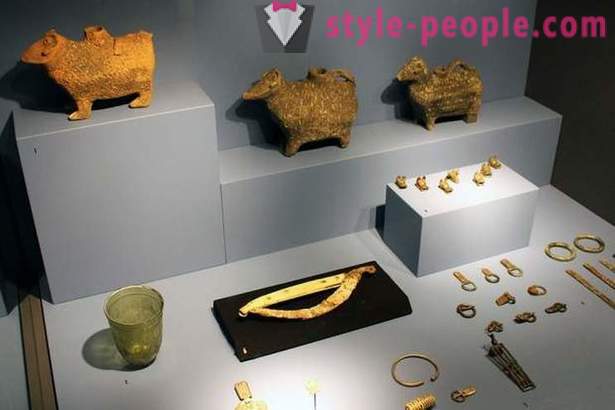
Scythian gold
Who argues that Russia and Ukraine
In February 2014 in Amsterdam Allard Pierson Museum opened an exhibition "Crimea: the gold and the secrets of the Black Sea." The exhibition includes several hundred works of art brought from one of Kiev and four Crimean museums. Exhibition in Amsterdam lasted until 31 August, and at the time of closing of the Crimea on the results of the referendum was a part of Russia. Thus, before the Dutch side, the question arose who brought return of the Crimean museums works of art - Ukraine or Russia.
Litigation of Scythian gold is still ongoing. Ukrainian insists that she is the rightful owner of the whole collection of Scythian gold. And representatives of the Crimean museums claim that their exhibits have become "hostage to the political situation" and demand to return them to where they were originally stored. In the meantime, there is Scythian gold in the vaults of the Museum Allard Pierson. In this Dutch museum pays for storage of exhibits and their insurance.
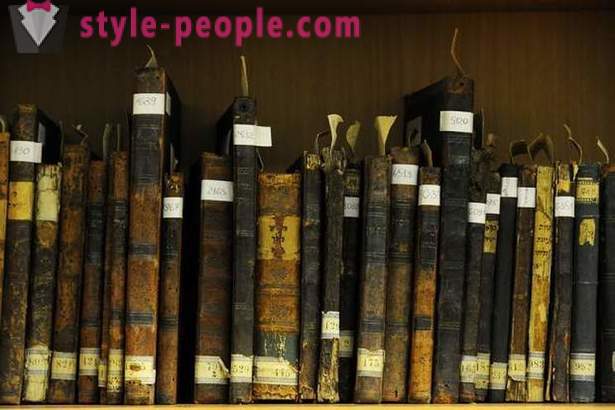
Schneerson Library
Who argues: the US and Russia
Schneerson Library - an extensive collection of religious literature of the ancient Jews - the old object of a dispute between Russia and the United States. At the end of the XVIII century it began to collect Hasidic rabbis in the Belarusian village of Lubavitch, and in the beginning of XX century, the community leader Joseph Isaac Schneersohn on the basis of the collection is the library, which today consists of 12 000 books and 25 000 pages of manuscripts. During the First World War he moved Schneersohn of Lubavitch to Rostov-on-Don. Part of the library he deposited in Moscow, and in 1918 the Bolsheviks nationalized its collection. Schneerson himself nine years later emigrated - first to Riga, then to Poland and took the other part with a library. But at the beginning of the Second World War, he had to flee to the United States, the archive was in the hands of the Nazis and was transported to Germany. When the war ended, the manuscript returned to the USSR. Yitzchak Schneerson died in 1950 without leaving any orders relating to its collection. Since the late 1980s, the Lubavitch Hasidim and settled in the US Schneerson relatives demanded from the Soviet Union, and then Russia to transfer the file to them. Russia participated in the litigation until 2009, but then withdrew from the process. In response, in 2013 Judge Royce Lamberth accused the Russian side in contempt of court and ordered a fine of $ 50,000 per day. Russia in response to a lawsuit filed against the US Library of Congress. Seven books from Schneerson meeting, sent the Hasidim in 1997, and has not been returned. Russian court decided to charge the Americans "mirror" penalty of $ 50,000 per day.
To date, the Ministry of Culture position is that the Schneerson collection included in the Library of Russia and inalienable fund. And in January 2016, President Vladimir Putin expressed hope that the problem has been removed.
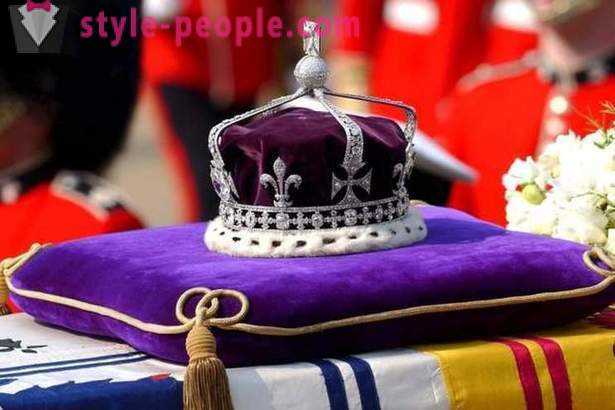
Diamond "Kohinur"
Who argues: India and the United Kingdom
"Kohinur" - one of the most famous diamonds in history. Over the past century and a half it is in the crown of British monarchs. Before that, his story authentically traced starting from the XIV century. Over the years, the jewel owned Mughals, Persian shahs and Afghan rulers. In this case, the diamond has never in its history has not been sold and not bought. In the second half of the XVIII century "Kohinur" was in India at the hands of Maharaja Ranjit Singh. Being aware of the notoriety of stone, the governor of Punjab has decided to transfer the jewel in the gift to the temple, but he died before he could do it. A decade later, a treasure trove of Lahore came under the control of the British. And in 1850 the famous diamond left India and arrived in Britain, where he was presented to Queen Victoria, and took place in the crown of the British Empire. Victoria was invited to England heir of Ranjit Singh - Dalip. "For me, madam, is a great pleasure to be able to, as your loyal subject, to convey" Kohinur "my ruler", - declared the 15-year-old boy at the request of the Queen. After that, the question of ownership of the diamond Britain was withdrawn. But not for the Indian side. During the XX century the question of the return of "Kohinur" not just get up in India. We returned to this theme in the XXI century. At the end of 2015 All India Front for Human Rights and Social Justice filed a lawsuit for the return of the diamond. But a few months later, the Supreme Court of India ruled that India can not claim to be a stone, as it was presented to the British Crown, and not stolen it. But even that did not put an end to the dispute about "Kohinur". A few days after the announcement of the statement of the Supreme Court of India, the Government reaffirmed its intention to return the gem.
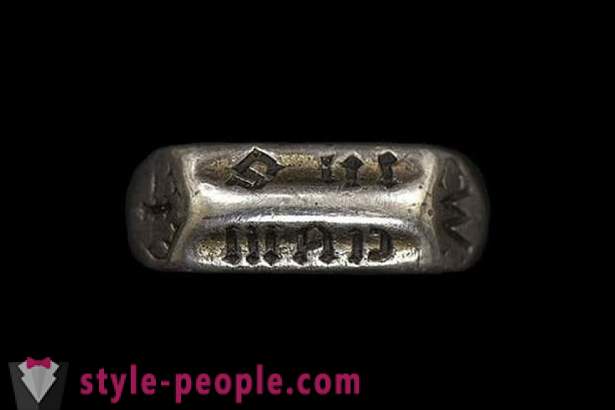
to
Joan of Arc Ring
Who argues: France and the United Kingdom
In February 2016 the auction house Timeline Auctions at auction in London sold the silver ring of the XV century, which belonged to Joan of Arc. In England, it was stored for nearly six centuries, once there as war booty after the execution of Arc in 1431. For Signet French national heroine fought several buyers, but the starting price of the lot increased dozens of times before the final $ 420 000. It soon became clear, and the new owner's name decoration. They became a French politician and leader of the "Movement for France" Philippe de Villiers (in Russia it has a joint project with the founder of the investment fund "Marshall Capital" Konstantin Malofeev). After bidding ring departed to France, but the British side immediately demanded it back. Britain's National Council for Culture called the ring of historical relic of little value, the export of which is outside the country requires a special permit. Philippe de Villiers, in turn, said that the ring is part and parcel of France, who returned to his homeland and is now staying here. The ring will be kept in a park founded by de Villiers historical attractions Puy du Fou.
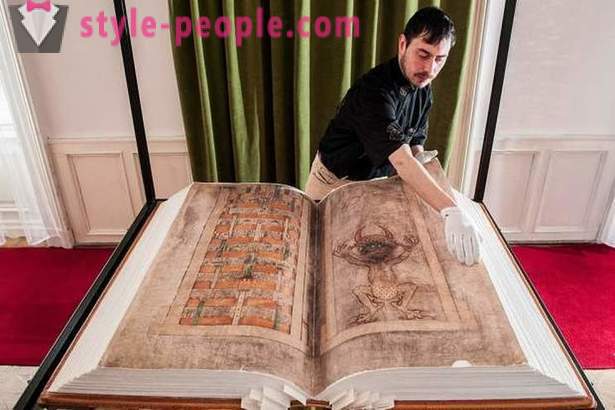
Codex Gigas
Who argues: Sweden and the Czech Republic
Codex Gigas - the manuscript of the XIII century, created a Benedictine monastery in Bohemia. There is a version that the author of the largest in size and the volume of manuscripts was a single person who worked on it, to atone for his sin. It took him 20 to 30 years, and for the manufacture of the manuscript pages took 160 donkey skins. The code entered full text of the Bible, and in addition it has the image of Satan, because of what the book dubbed "Devil's Bible". Several centuries manuscript was kept in the monastery, where it was created. But after the destruction of the holy abode of the book was moved to Prague. There, it was not until it was captured by the Swedes in the Thirty Years War and taken to Sweden as war booty. Since then, back to the Czech Republic Codex Gigas has not returned, though the Czech side made attempts to get it back.
Today Codex Gigas is kept in the National Library of Sweden in Stockholm. In 2005, Czech Prime Minister Jiri Paroubek has agreed to bring and put the book in the Czech Republic. Manuscript returned to his homeland in 2007, but only for a while. In addition, Paroubek pointed out that "fully respects the rights of Sweden" in the manuscript.
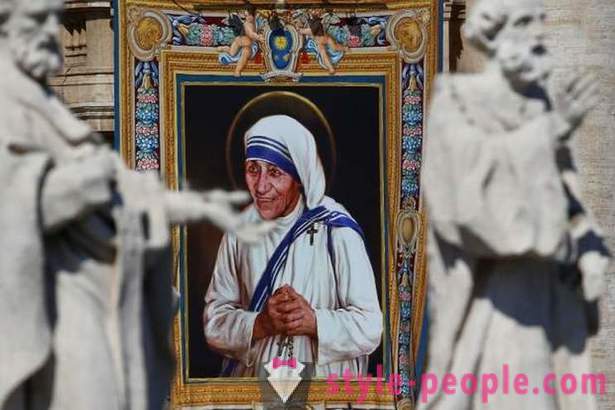
Teresa relics mother
Who argues: India and Albania
In early September 2016 the Vatican ranked Mother Teresa a saint. The nun and winner of the Nobel Peace Prize, dedicated her life to serving the poor and sick, was born in Macedonia in 1910. But at the age of 19 years he went to Calcutta, where she established the Order "Sisters Missionaries of Love". India has become a second home to her. There she died in 1997 at age 87 and was buried. But suddenly 12 years later between India and Albania about the dispute over the relics of Mother Teresa. In Tirana there are tombs of his mother and sisters, nuns, and the authorities decided to move here and it remains the same. Make it the Albanian side wanted the eve of the 100th anniversary of Mother Teresa, which was celebrated in 2010. However, to realize our plans failed. India categorically refused to return the remains. "Mother Teresa became an integral part of our nation and the life", - said chairman of the Catholic Bishops' Conference of India's father Babu Joseph. Her tomb became a place of pilgrimage.
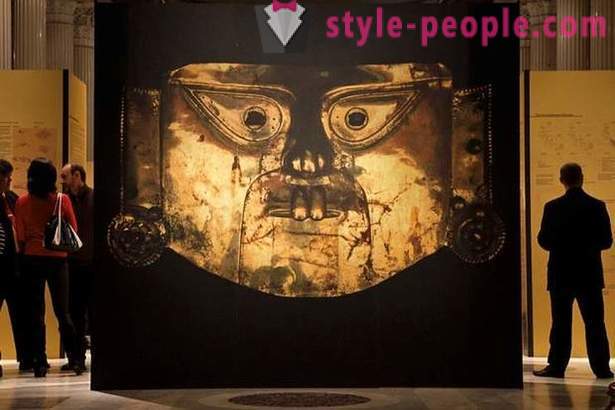
Treasure of the Incas
Who argues: Peru and the United States
In 1911, American archaeologist and a graduate of Yale Iram Bingham discovered Machu Picchu. Together with the lost city of the Incas, and he found their treasures, which had brought in the United States. Vintage jewelry, utensils, wood and stone objects were transferred to study at Yale University. Artifacts were to return to Peru a few years, but "Stuck" in the United States almost a century.
To return the treasures of Machu Picchu Peruvian authorities insistently demanded in the 2000s. In 2008, a lawsuit was filed against Yale, and Peruvian President Alan Garcia Perez said two years later, that "we must come to an understanding with Yale University on this issue, otherwise, we call them looters who have stolen our treasures" . the President's words were heard, and the first batch of artifacts back home in the spring of 2011. In total, Yale University returned to Peru 45,000 items Bingham removed from Machu Picchu in the early XX century.
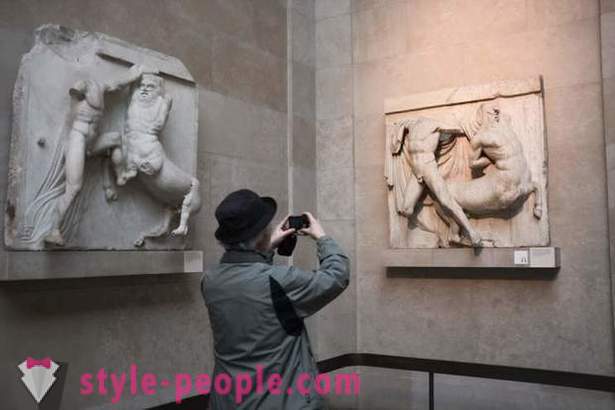
Elgin Marbles
Who argues: Greece and the UK
At the beginning of the XIX century British Lord Elgin brought from Greece to Britain a large collection of ancient art. Among other things, we went to England with marble friezes of the Parthenon, one of the Erechtheion caryatids, the statue of Dionysus and other ancient artifacts. Export permit priceless by today's standards Elgin collection easily obtained from the Turkish authorities, under the authority of which Greece was in those years. It took 10 years to carry all the ancient treasures in Britain. Initially, the marbles were in the private collection of Lord, but in 1816 the Elgin collection was purchased by the state from him for £ 35,000 to be placed in the British Museum. Antique collection return to his homeland Greece began to demand even in the XIX century - after independence in 1830. The dispute over the Elgin marbles lasted more than a century and a half, and at the end of the 2000s flared up. Then Greek Minister of Culture Antonis Samaras expressed the hope that the public in 2009, the new Acropolis museum will become a catalyst for homecoming antique collection. But this did not happen. The British Museum does not accept the arguments of the Greek side that the artifacts were removed by Lord Elgin illegally. According to the British, they were bought by the Turkish government and its export duty has been paid. In 2015 Greece refused legal battle with London. But said it will use "political and diplomatic levers" to return the Elgin Marbles to their homeland.













































